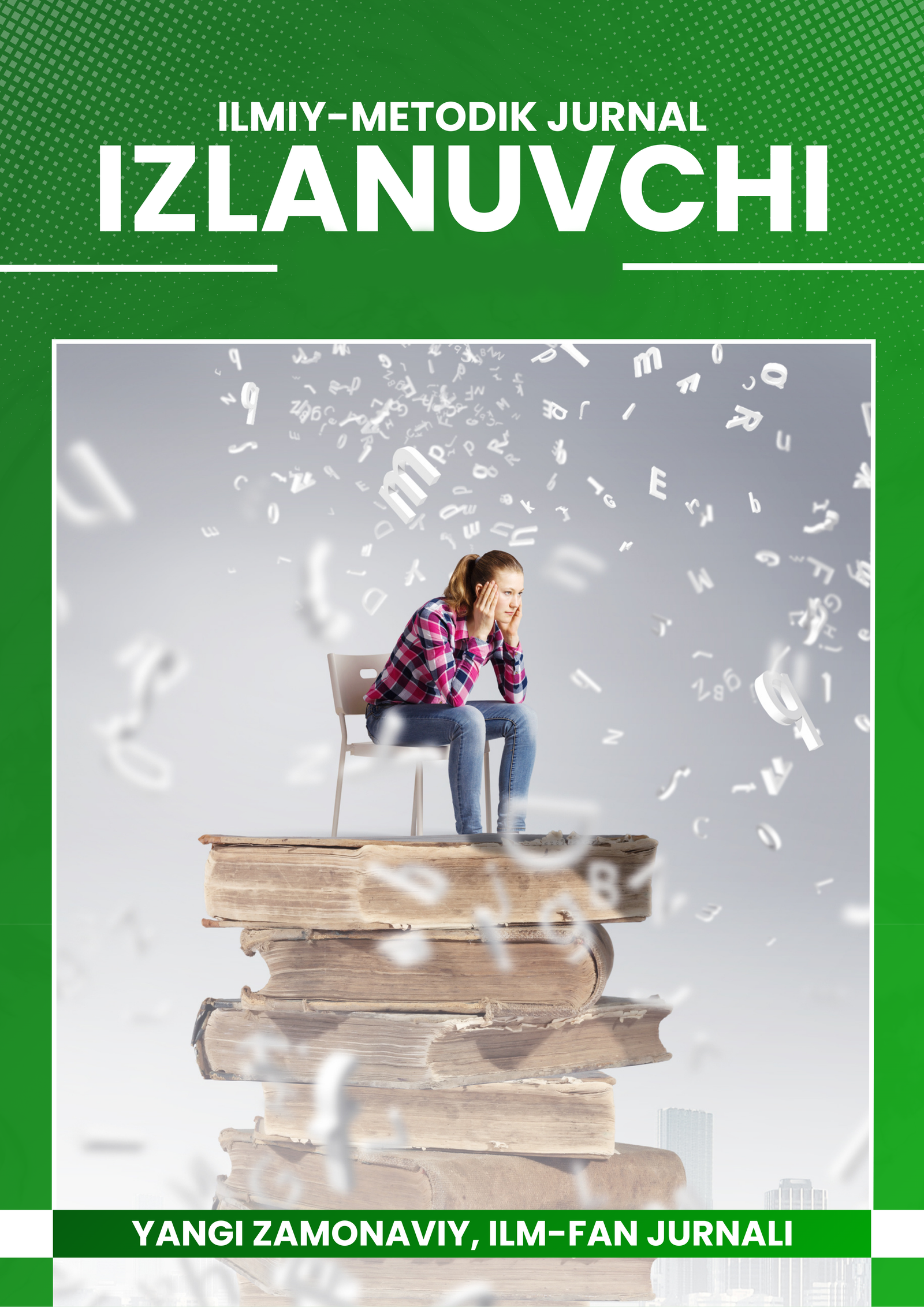Abstract
This article explores the role of storytelling and creative writing as effective pedagogical tools in teaching vocabulary and grammar to students in grades 5–7. Traditional language instruction often focuses on rote memorization and mechanical grammar exercises, which may limit students’ engagement and creativity. In contrast, storytelling and creative writing encourage active participation, imagination, and contextual understanding of language. By integrating these approaches into English lessons, teachers can create an interactive and meaningful learning environment where students naturally acquire new words and grammatical structures through creative expression. The article discusses theoretical foundations, classroom strategies, and practical benefits observed in middle school learners.
References
1. Cameron, L. (2001). Teaching Languages to Young Learners. Cambridge University Press.
2. Wright, A. (1995). Storytelling with Children. Oxford University Press.
3. Harmer, J. (2015). The Practice of English Language Teaching. Pearson Education.
4. Ur, P. (2012). A Course in Language Teaching: Practice and Theory. Cambridge University Press.
5. Maley, A. (2009). Creative Writing for Language Learners (and Teachers). The British Council, ELT Journal.
6. Nation, I. S. P. (2001). Learning Vocabulary in Another Language. Cambridge University Press.
7. Tomlinson, B. (2013). Developing Materials for Language Teaching. Bloomsbury Academic.
8. Richards, J. C., & Rodgers, T. S. (2014). Approaches and Methods in Language Teaching. Cambridge University Press.
9. Ellis, R. (2008). The Study of Second Language Acquisition. Oxford University Press.
10. Spiro, J. (2004). Creative Poetry Writing. Oxford University Press.
